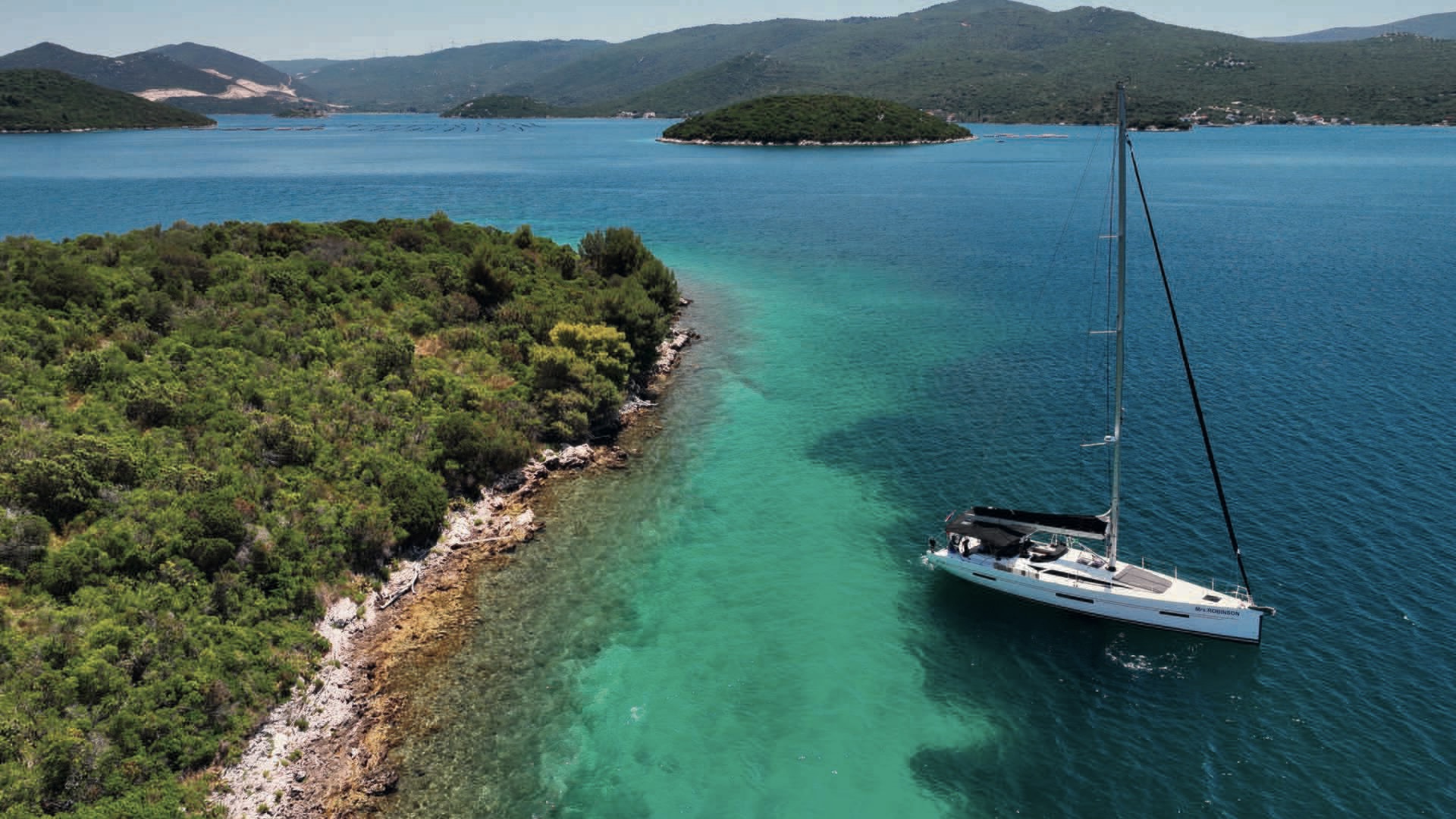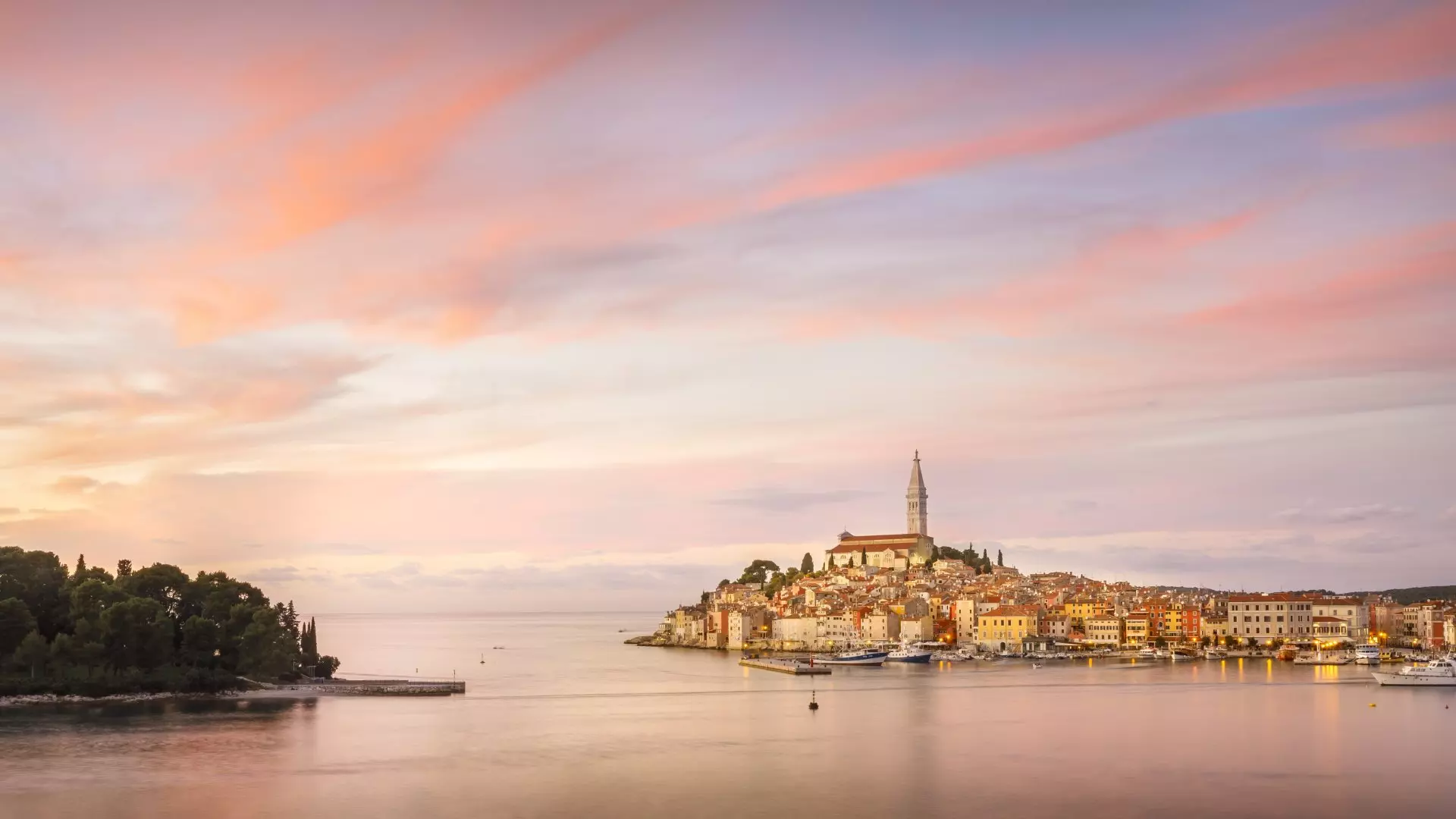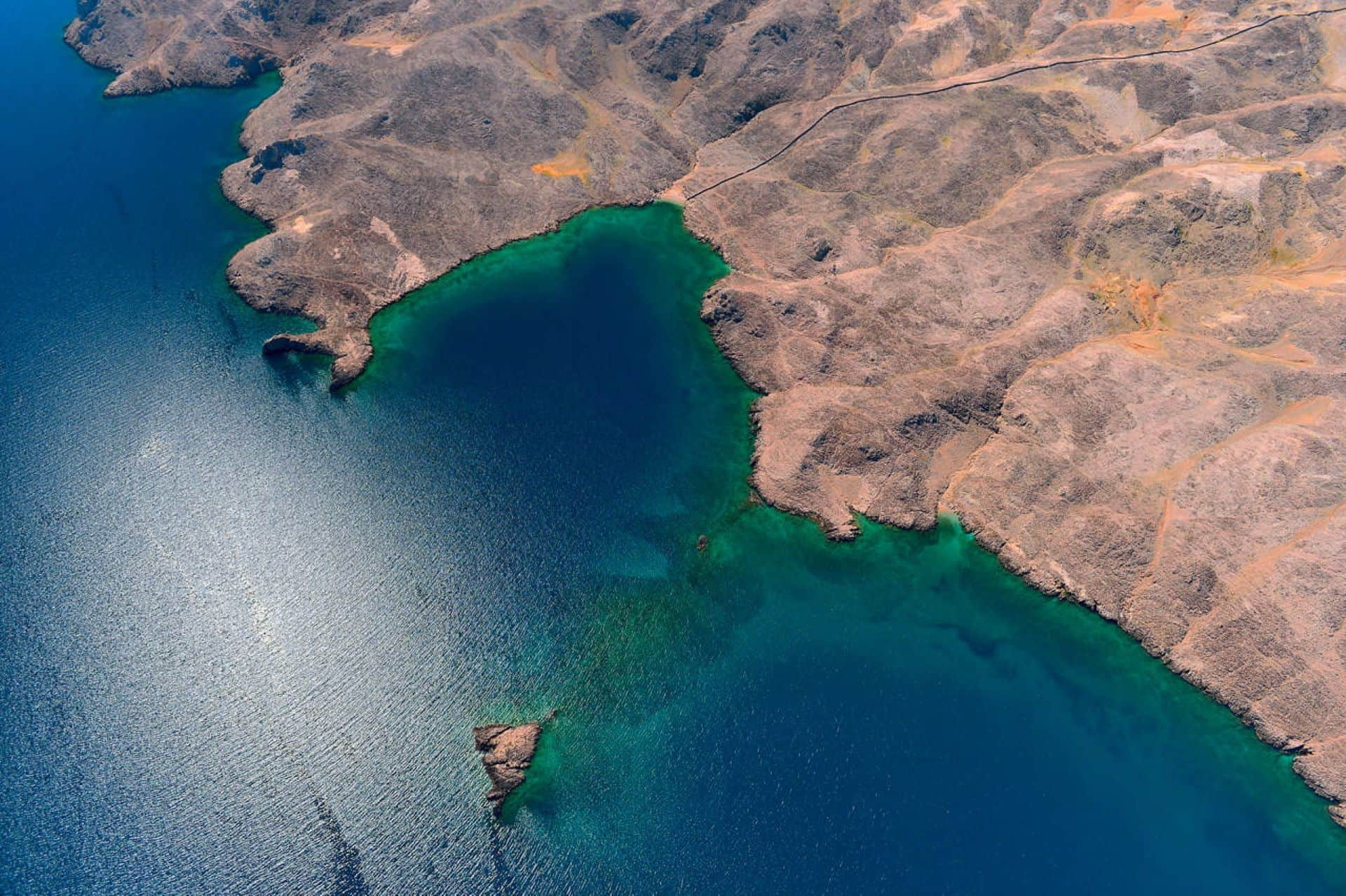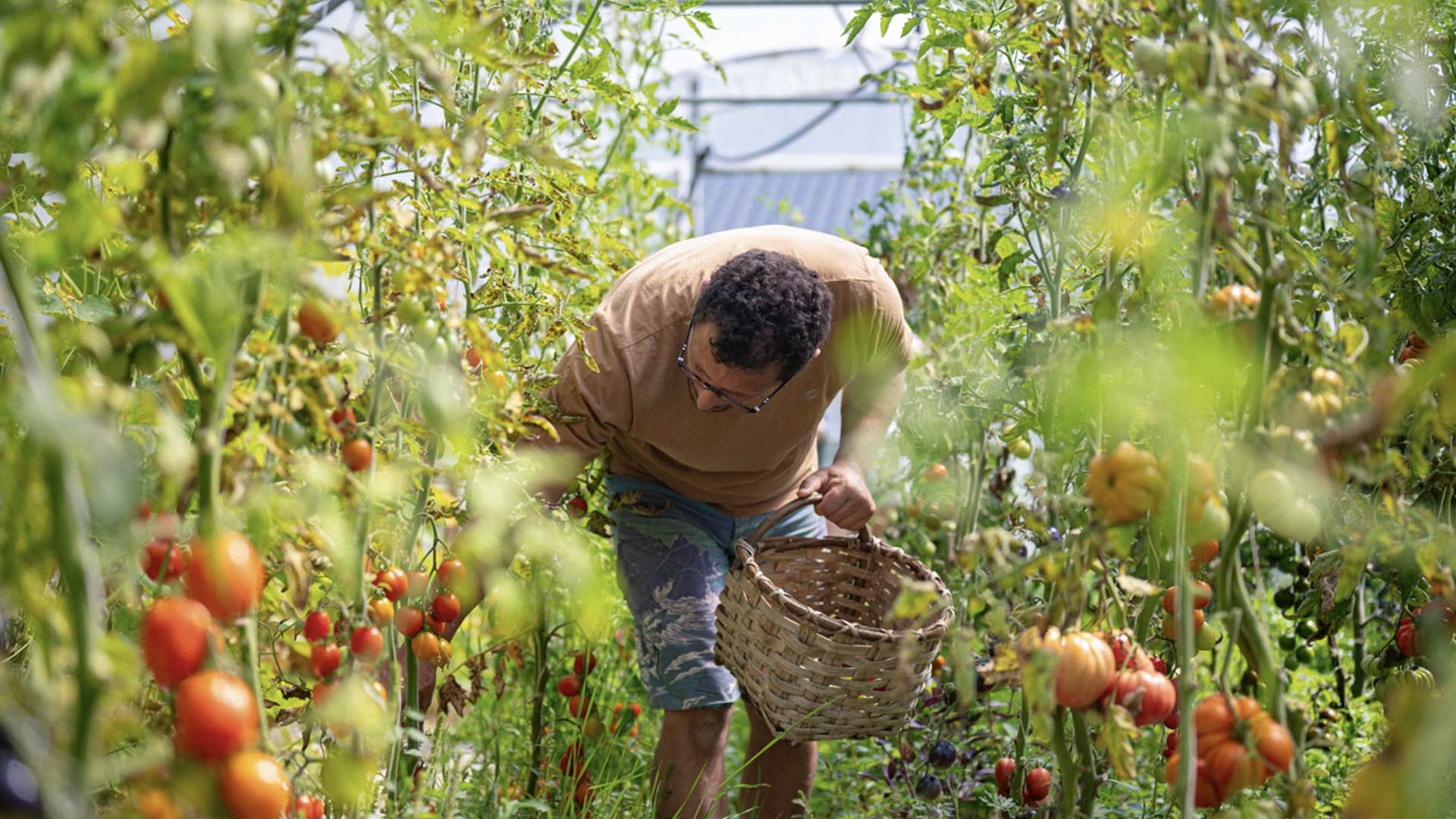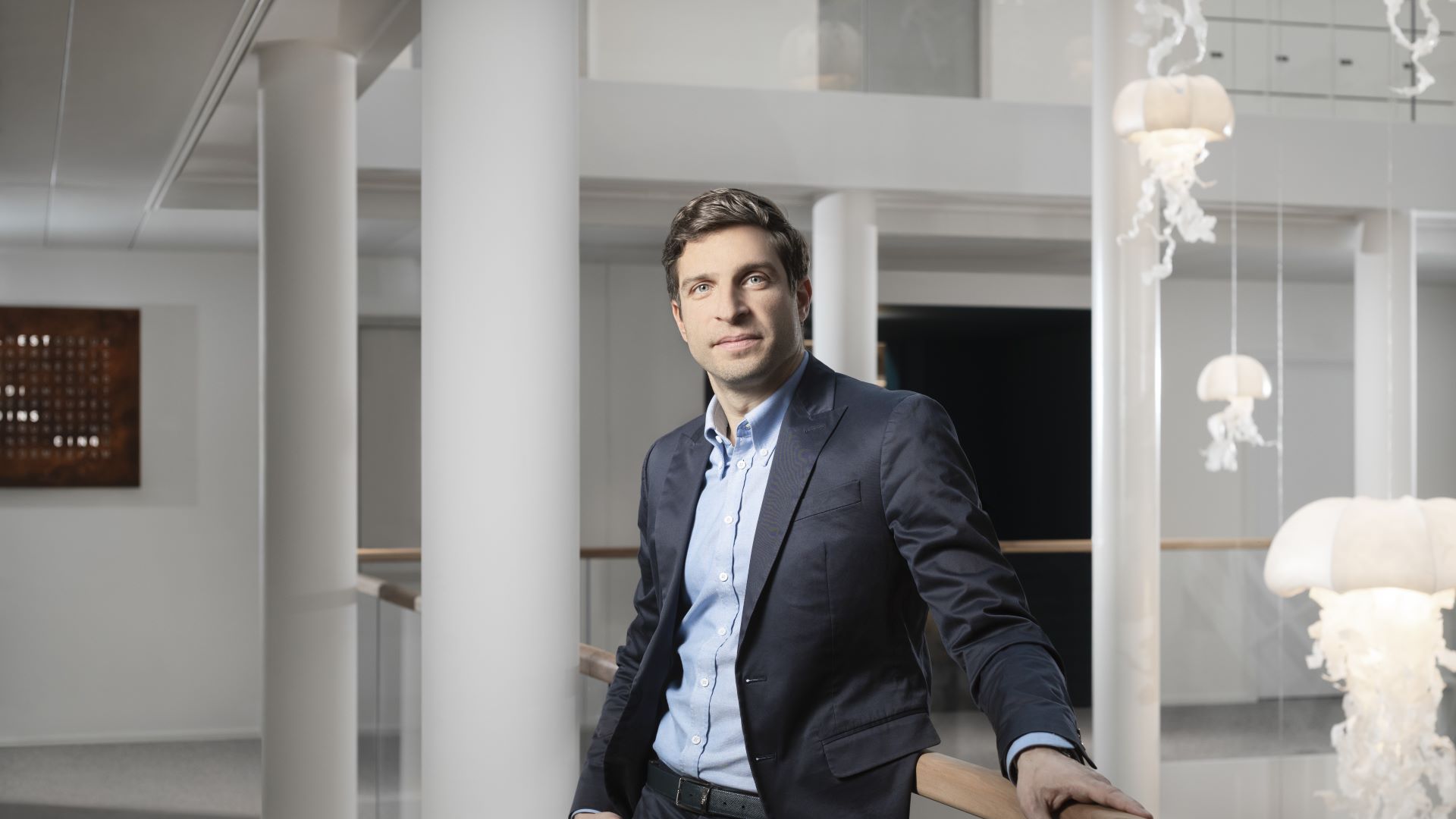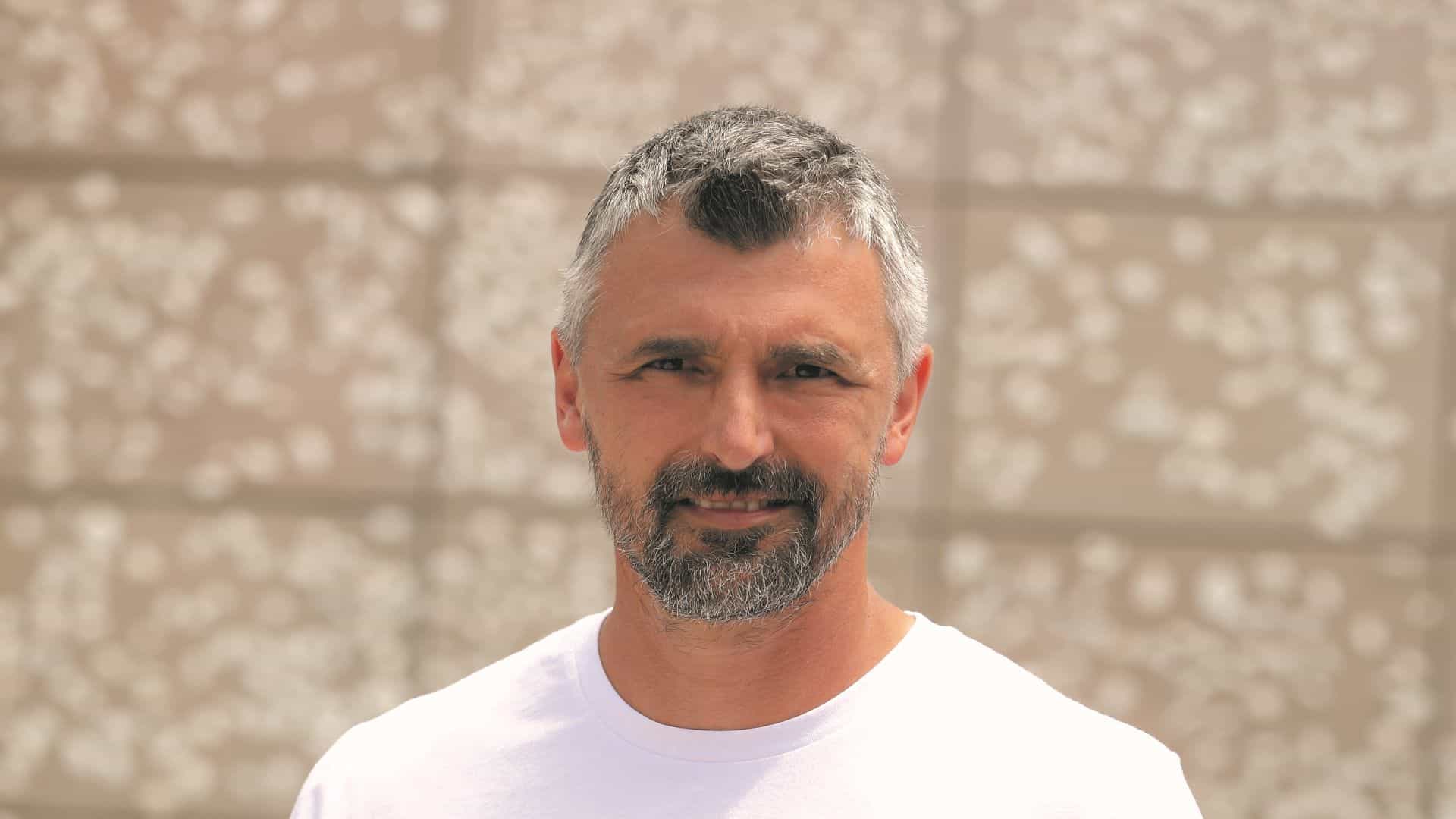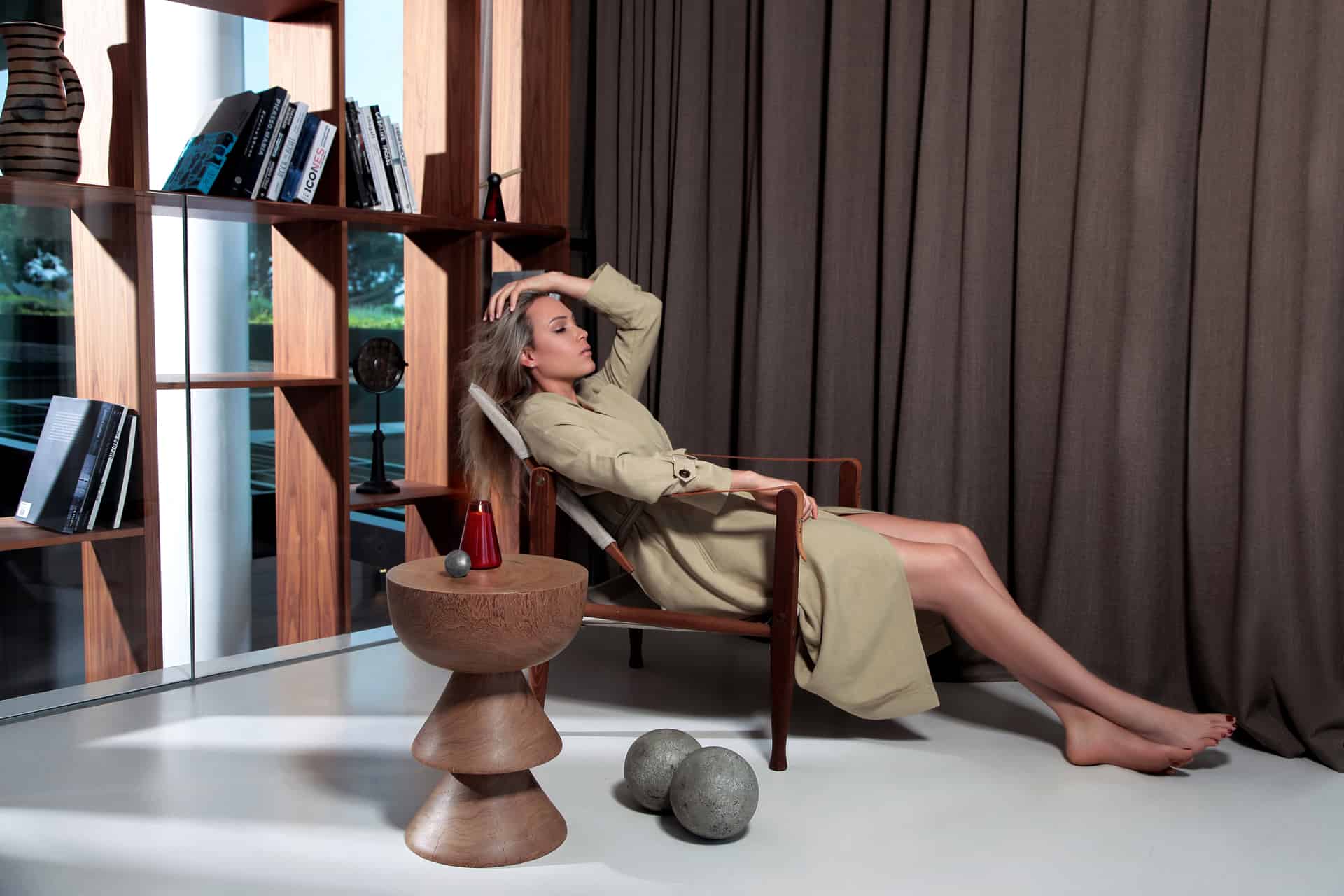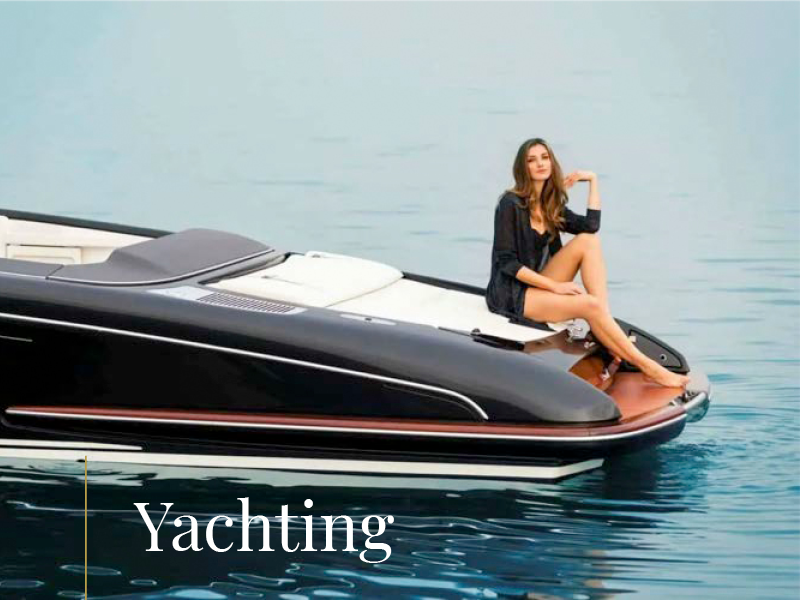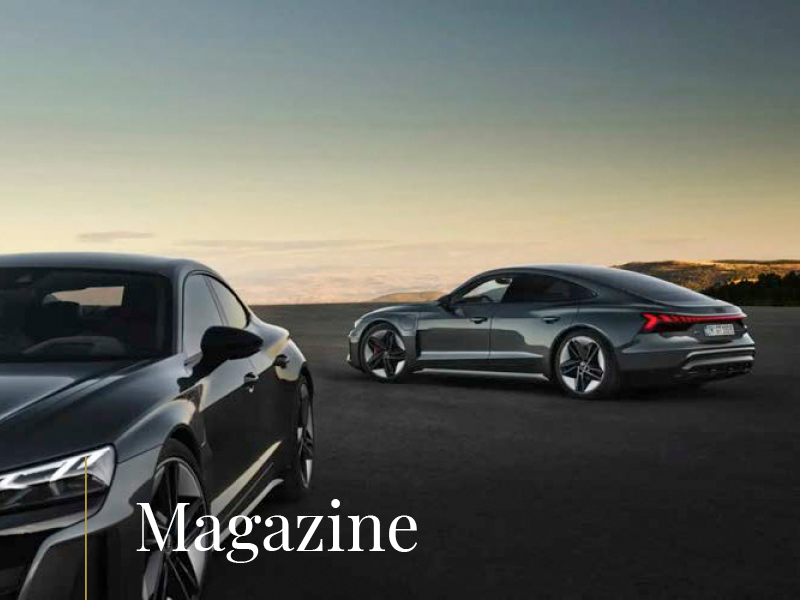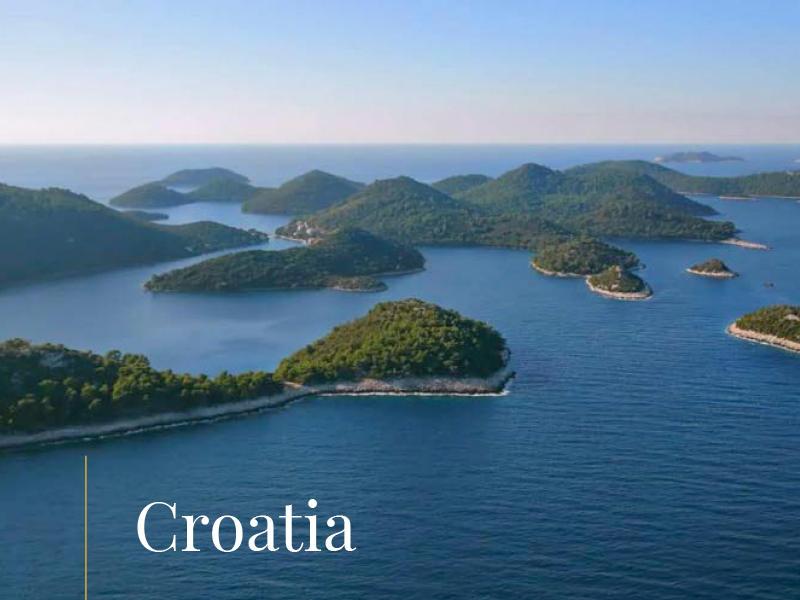Fantastic Plavac Mali wine varieties, organic production, teas and olive oil are the tangible results of the hard work of one of the most interesting winemakers in Croatia
Diving into the Plavac Mali wine story, directed by Frano Miloš, means looking at a variety that has been brought close to perfection and at the slopes of Pelješac, in the middle of which you will find Ponikve, Frano’s birthplace. It holds a natural amphitheatre with scattered drywall terraces and vine plantings, cultivated through solid work and is where the story of the famous Plavac variety wine, Stagnum, begins. The Pelješac Peninsula is home to powerful, pungent, yet well-rounded wines of the Dingač and Postup variety. Not to mention all the beauty and heritage present in taste in a glass of the mighty Plavac, which some oenologists consider to be the masterpiece of Croatian winemaking. Good instinct and a dedication to the places and traditions that surround him, occasionally expressed in poetry, but mostly through his winemaking, have secured him gold prize at many international competitions. But perhaps the biggest reward was the fact that he secured the prize for Plavac Mali variety, a variety which many consider to not have any ageing potential, with no potential to be a vintage wine. He stirred up the $300 billion global-industry and came up a winner, an undeniable wine authority. In the shade of his terrace, which is engulfed in vines of course, we spoke with Miloš under the hot Pelješac sun, overlooking Ponikve.
Recently, there was a documentary about a custom when young Pelješac boys became men. They poured wine (and pride) into 50-litre wineskins and carried them on mules, so this top quality wine could be sold and exported all over Europe. The immaterial elements of this tradition were selflessness, honesty, sacrifice and a togetherness that linked everyone who participated in the custom.
Is that pride still present on Pelješac?
Times change and I think that something that was positive even not so long ago, is difficult to apply in present time. Today, given circumstances and technological advances, human consciousness has changed tremendously, but the energy that keeps people alive is still there. However, it should be cultured and nourished and young people should be encouraged to take some new paths. The feeling that was present in this pride and work, that’s the basis, that’s the essence.
How did you ‘shake the foundations’ in the development of the winemaking timeline and, if we may say so, take such a divergent route?
If you consider things long-term work and life in these areas, for example, then it is very important to have a sense of reality, values with which we have been endowed or rewarded (nature) can be difficult to grasp if we consider how many products are produced nowdays. I just wanted to reach the greatest potential from that space, to incorporate the energy that surrounded us into the product. So that it is a profitable product, I also wanted to try and find an understanding within the market for those relationships, the harmony and balance. You must first motivate yourself and everyone around you, and only then you can make progress and create new values. Regardless of the nobility of our space and the aggravating circumstances of this configuration, the way of life and earning a living, we can still draw some precious things from it that will be recognised in today’s world – the market will reward it and consumers will want to pay for it.
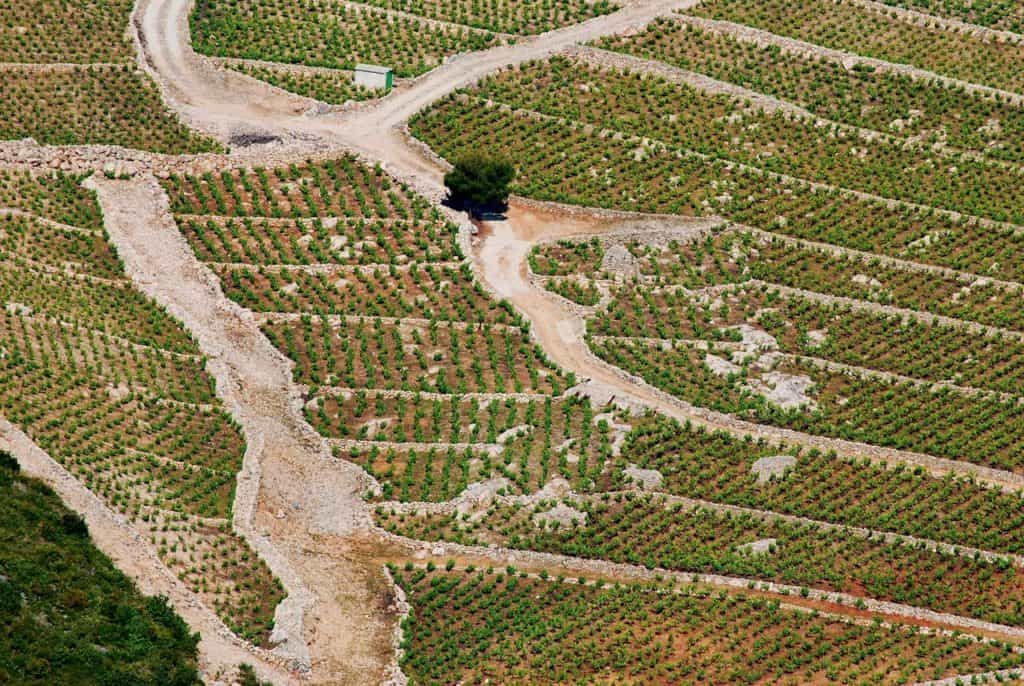
You had the courage to put your vision on the market and secure your market position with a wine that crossed the mystical 200-kuna-per-bottle line. Did you have a strategy or was it pure instinct?
Our endeavours have always been present, something that can be found deep down in ourselves. Maybe we are not aware of it, but they are rooted in our environment, family and business. I know about the generation who were born at the beginning of the 20th century and homesteads that used to be powerful. All the investments taking place in Dalmatia today, I’m referring to medium-sized entrepreneurs, I believe that they are nothing compared to what was present on Pelješac in the past. After that, the 20th century brought with it all these unfortunate circumstances, especially the agrarian revolution. There are many factors responsible for the fact that most of these homesteads are gone. Today, you need to invest millions of euros to make a single homestead. Knowing these facts might have influenced my vision because I had never focused on the Croatian market alone, I always thought that we had to be competitive on the global market and if we could have exported products 100-200 years ago and do business around the world, we will be able to do it in the future as well. That has always been an important challenge for me.
You are truly an advocate of Plavac Mali and you have proven that, thanks to the tannins, this variety has a great ageing potential in terms of vintage wines. It means opening up a completely new segment within the market?
Plavac Mali is a very noble and demanding variety. Just like our environment. It has been acclimatising for hundreds of years in this area and it has great potential practically in different categories and types of wine, it can be used for daily wines, as well as more refined wines. So, its alcohol level can range from 13% to a high 16% alcohol level with residual sugar – predicates. After that, it all depends on how you direct it. This, again, depends on the position, the method of vineyard cultivation, yield and the year that will enable the product to be differentiated. As far as tannins are concerned, Plavac is one of the rare varieties that contains all of them. We know that the world’s best wines are made using coupage, the best French wines, the Bordeaux varieties, are also made using this method. Now, when you have your first wine that has a good colour, second wine that has a good structure, and then the third wine has tannins – then the person blending the wine is very important.
These people, who practically make the wine, are the most important in the process of creating a great wine. It is easier to create a wine using three different varieties than using only one. You have the famous varieties of Cabernet and Merlot, they produce good results all over the world. But there aren’t many like Plavac Mali, linked exclusively to one micro-location and simply non-portable, so this is why this variety is so special and of great value. We have our Zinfandel and we want to bring it back, but we cannot get the results you can get in California. It takes time for the first Zinfandel plantation and we shouldn’t jump to conclusions. What I’m trying to say is – there are few varieties that are related to a small micro-location and that have a world-class potential.
Can you describe your ‘terroir’?
A very specific element is the terrain configuration, as is the case on the entire Pelješac, where you can find three longitudinal reefs. As a whole, its position is ideal because it stretches from north-west to south-east, so there’s an enormous amount of energy and light, winds are ideal because wind corridors are open, both for the southern (warmer) and the northern (refreshing) winds. There are high hills and contrasting areas, specific exposures at different altitudes, but also on slopes and very specific, sandy soil, which is perhaps the most important factor. First of all, there is limestone mixed with dolomite. So, the hills are quite layered and permeable and there is never too much or too little moisture. Making it work in this space and mastering it at the same, using the traditional drywall technique, is necessary for this area. This type of soil is highly susceptible to erosion, and the drywall, apart from stopping the erosion, also functions as a sieve for retaining useful and necessary ingredients. Plavac Mali doesn’t require a lot of water, but still, it cannot survive without it.
You are recognised as a premium winemaker in Croatia, rooted in tradition, yet also focused on the future, primarily using organic cultivation?
I think that winemakers are the ones who must be aware of the benefits of such agriculture because they are the foundation of development. There has been a great shift towards organic production, biodynamics and organic farming in Europe and around the world. Plus, we have ideal conditions here, even better than our competitive countries, if I may say so. Especially when it comes to wine. People find it difficult to believe, but we make minimal interventions in our vineyards. It is normal that working conditions and vineyard maintenance are harder. Things are constantly changing. It is very important to be aware of the space and the energy that surround you, the way you think about work and life and it is normal that such an attitude cannot remain unrewarded.
Many people affirm themselves through different activities and achieve their goals and desires, but with nature, this is true in more ways than one. If you are involved in a business and you develop it, new opportunities will always come up. In my own life, and wine production, I have switched between three or four wine-growing practices that are very important, we have been practising organic farming for twenty years now and we keep finding new ways to overcome certain obstacles. This is a very interesting area, not only because you get a healthy product, but because you get something interesting and creative. Something which means you have direct access to nature and you are practically in touch with it and it responds sincerely and opens great opportunities. So, the knowledge of this brings another way of working, thinking, balancing. These are great prizes. Nature expects you to make the effort, but it will also reward you for it.
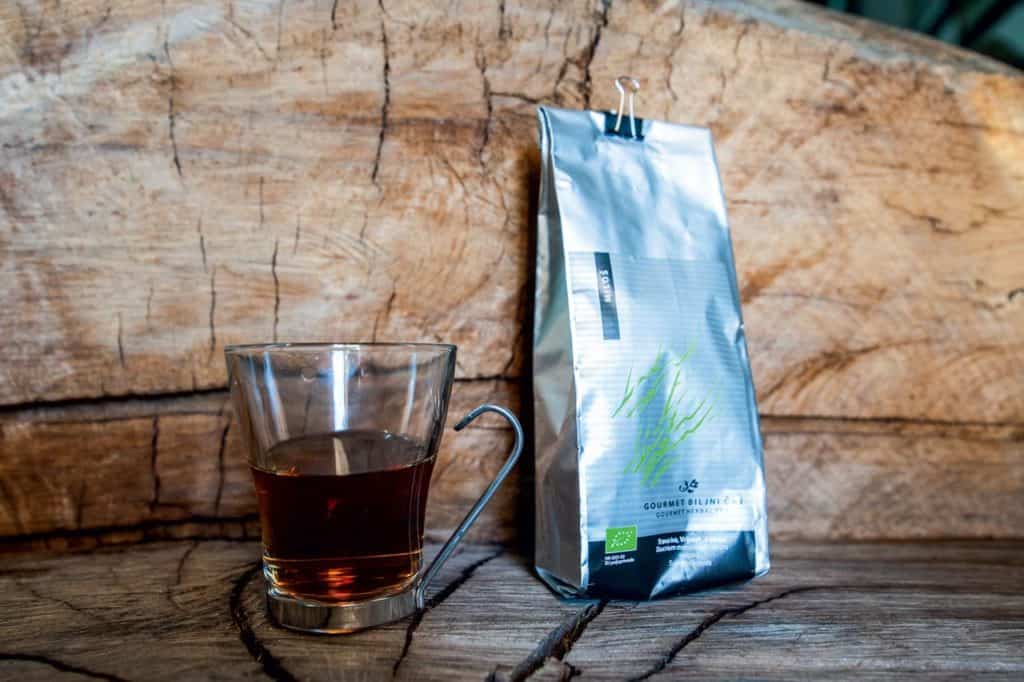
You are truly ‘in touch’ with nature?
When you come to a location and practice it in such a way, something new always comes up. Year in, year out, new weeds appear, and nature works so that even gentle types of plants or animals dominate a certain space. This can easily be applied in weed control in vineyards. For example, we destroyed some of the more aggressive weeds by hoeing, so physically. When you destroy the aggressive species, then you have space for some gentler types. We discovered a number of new gentle types of grass that exist here and they work for us on a soil that has been cultivated properly.
They start growing first, in January to February, they are not harmful and they actually revive the soil, bringing oxygen and loosening it. They have a vital role to play and they keep the space safe from those aggressive types of grass, so it’s easier for us to maintain the vineyard. When high temperatures come, their time passes and they shrivel on their own, leaving the vineyard clean. This is something we have realised after years and years of work. If you use other plants to help you, you can accomplish more in your vineyard by working less.
People who do not like wine can enjoy – your teas?
The teas are a natural product resulting from our contemplation and work, we did not even plan it. When we cultivated the ground, we found that many medicinal species that are present in the environment followed us around the vineyard. So, to show our respect, we dedicated a hectare of land just to them. We made interesting teas, using plants which we had no idea existed around here. Mountain germander for example, one of the plants with the best healing properties in the world, was found in the underbrush, completely invisible. When people stopped using nature in Dalmatia, when there was no livestock left, when there were fires, and the underbrush disappeared, these plant species were simply lost because the natural balance of man and nature was no more and they were left struggling for survival. However, when we cultivated them, they resurfaced, proving the biggest platitude on biodiversity – that human impact reduces the number of species. It was actually quite the opposite.
What will this year in winemaking look like?
For now, it seems ideal for us. It is completely healthy, without any grape disease and we don’t need to use many pesticides. Dalmatia has ideal conditions. If your summer is dry and stable, if the winter is rainy, or if on average there is 1,000-1,200 ml of rain per square metre, then the excessive sunshine should not be a problem. Plants sometimes feel the changes in climate and atmosphere sooner than people do. I am convinced that Plavac is prepared for these dry and hot summers coming our way and it reacts, it has the answer even to theses specific conditions that best suit it. Summers used to be this arid when I was growing up, so I like it, just as Plavac does…
